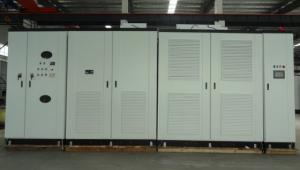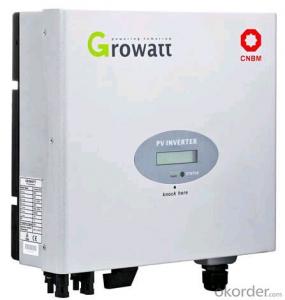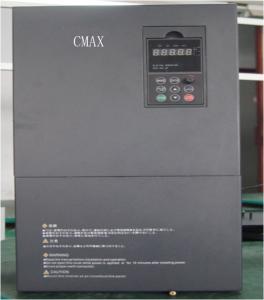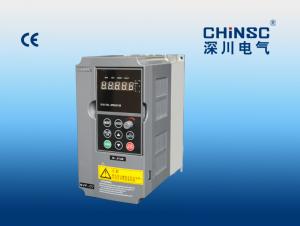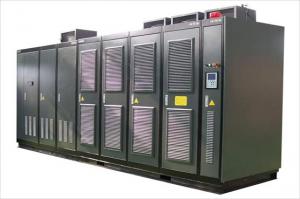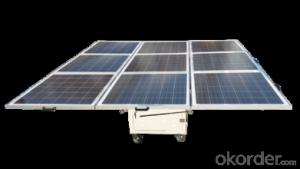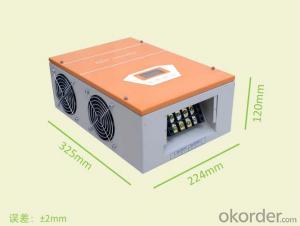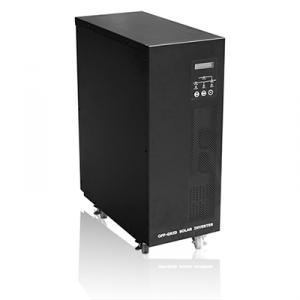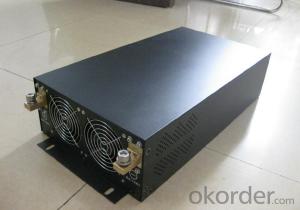3kva Solar Inverter
3kva Solar Inverter Related Searches
Solar Inverter 3kva 3kv Solar Inverter 3kw Solar Inverter 3 Kva Solar Inverter 3kva Hybrid Solar Inverter 3kw Inverter Solar Tesla Solar Inverter 3kva 3 Kilowatt Solar Inverter Solar Inverter 3 Kw 3kw Solar Hybrid Inverter 3kw Hybrid Solar Inverter 3k Solar Inverter Mppt Solar Inverter 3kva 3kva Mppt Solar Inverter Hybrid Solar Inverter 3kw 3kw Solar Inverter Price China Solar Inverter 3kw Best 3kw Solar Inverter Solar 3 Phase Inverter Solar Inverter 3kw 220v 3 Phase Inverter Solar 3 Phase Solar Inverter 3 Phase Solar Power Inverter 3 Kw Solar Inverter Price Solar Power 3 Phase Inverter Growatt Solar Inverter 3kw On Grid Solar Inverter 3kw 3kw Off Grid Solar Inverter Off Grid Solar Inverter 3kw 3 Phase Solar Battery Inverter3kva Solar Inverter Supplier & Manufacturer from China
The 3kva Solar Inverter is a high-quality product designed to convert solar energy into usable electrical power for various applications. This inverter is equipped with advanced features and a compact design, making it an ideal choice for residential and commercial solar power systems. It efficiently manages the power generated by solar panels and ensures a smooth flow of electricity to the connected devices.The 3kva Solar Inverter is widely used in various scenarios, such as off-grid solar systems, grid-tied solar systems, and hybrid solar systems. It is particularly suitable for small-scale solar power installations, like home solar panels or small business setups, where a reliable and efficient power conversion is required. This inverter helps in reducing electricity bills, promoting energy independence, and contributing to a greener environment.
Okorder.com is a reputable wholesale supplier of the 3kva Solar Inverter, offering a vast inventory of this product at competitive prices. They ensure that customers receive high-quality products, along with excellent customer service and support. By partnering with Okorder.com, customers can benefit from their extensive experience in the solar industry and access to a wide range of solar power solutions.
Hot Products






